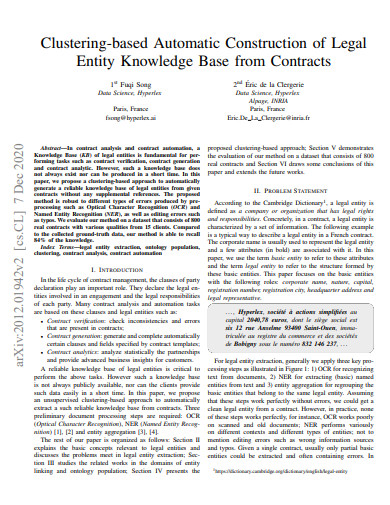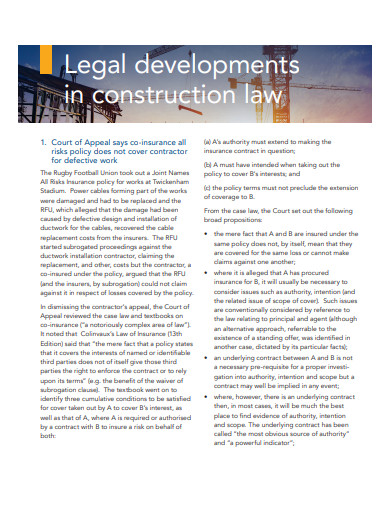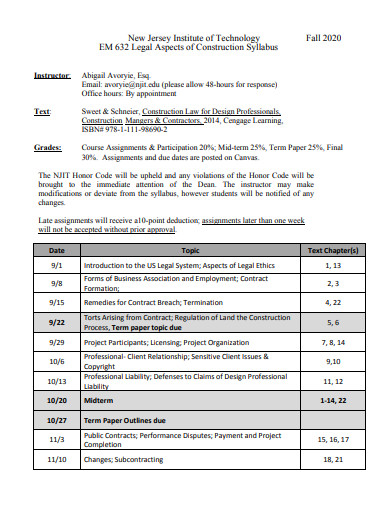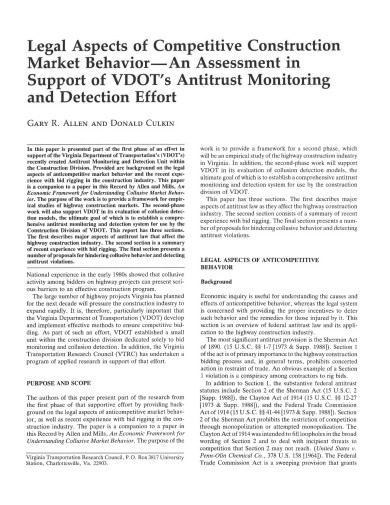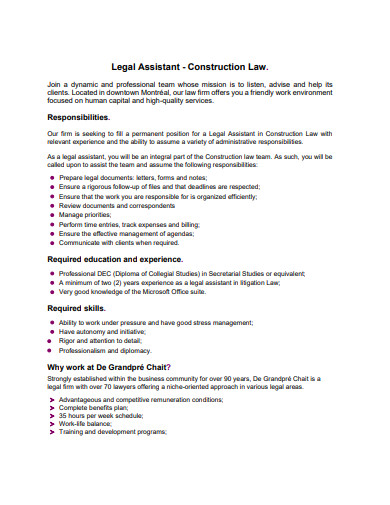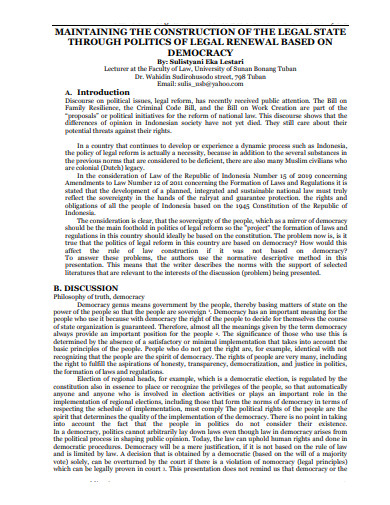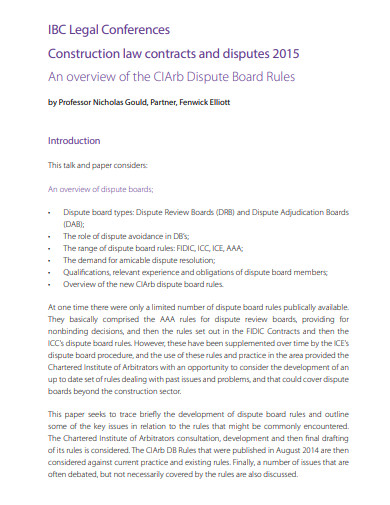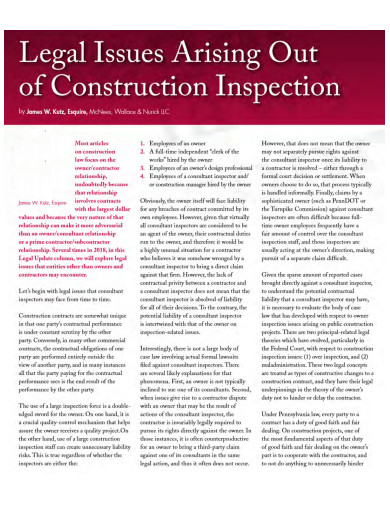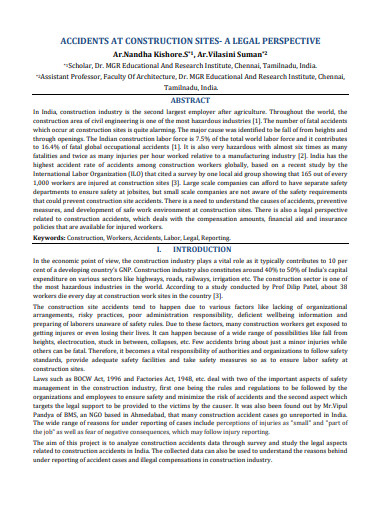Diving deep into the construction world often brings its share of legal challenges. Our Sample Construction Legal Template serves as an invaluable asset for professionals aiming to protect their ventures and interests. Crafted with precise industry terminologies and specialized clauses, this resource aims to simplify legal intricacies and promote clear transactions. Whether you’re a contractor, builder, or property owner, our template provides insights for a legally robust construction experience. Explore and ensure your project’s legal integrity!
16+ Construction Legal Samples
1. Essential Construction Contract Template Bundle
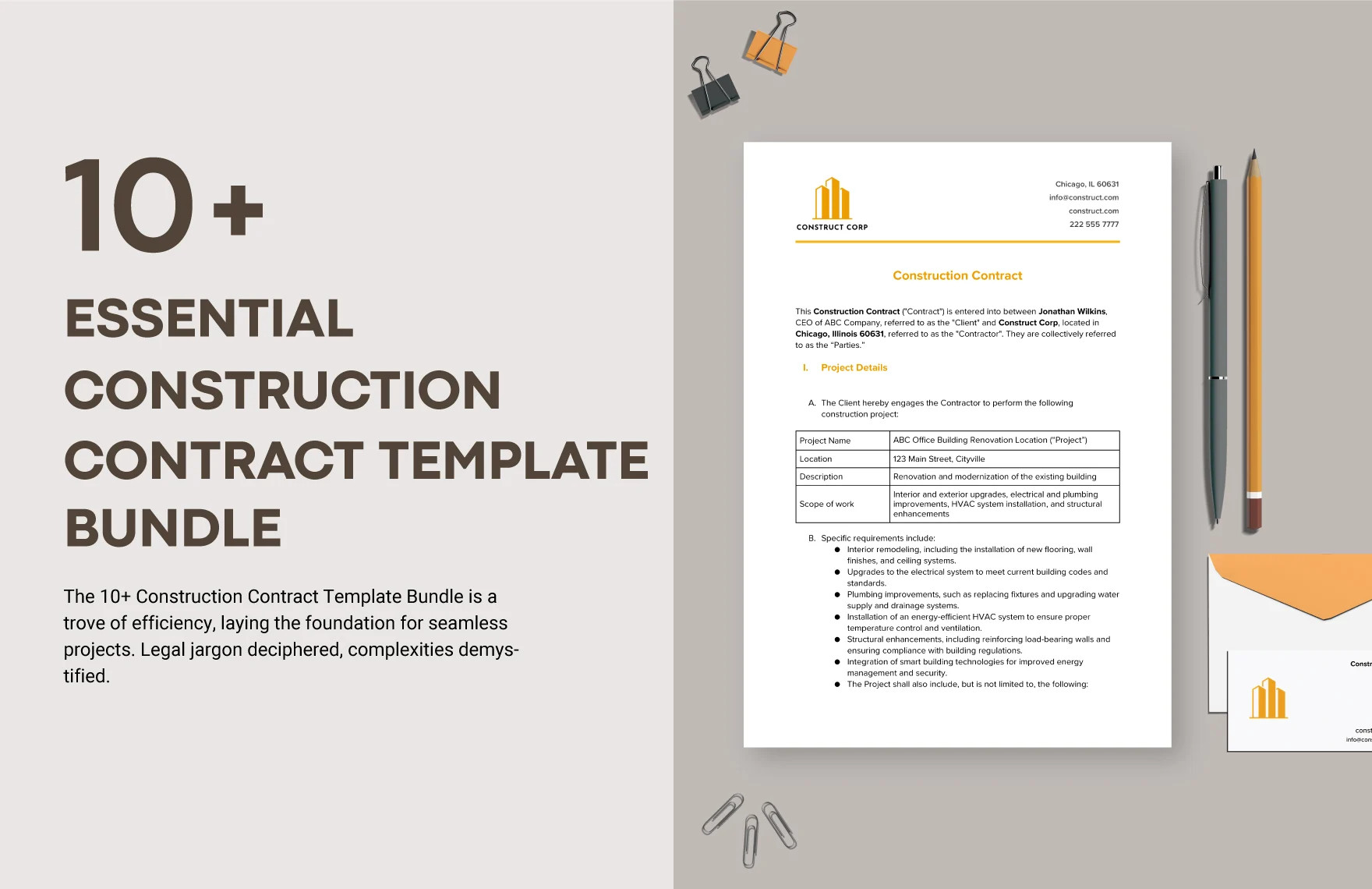
2. Construction Agreement Template Bundle
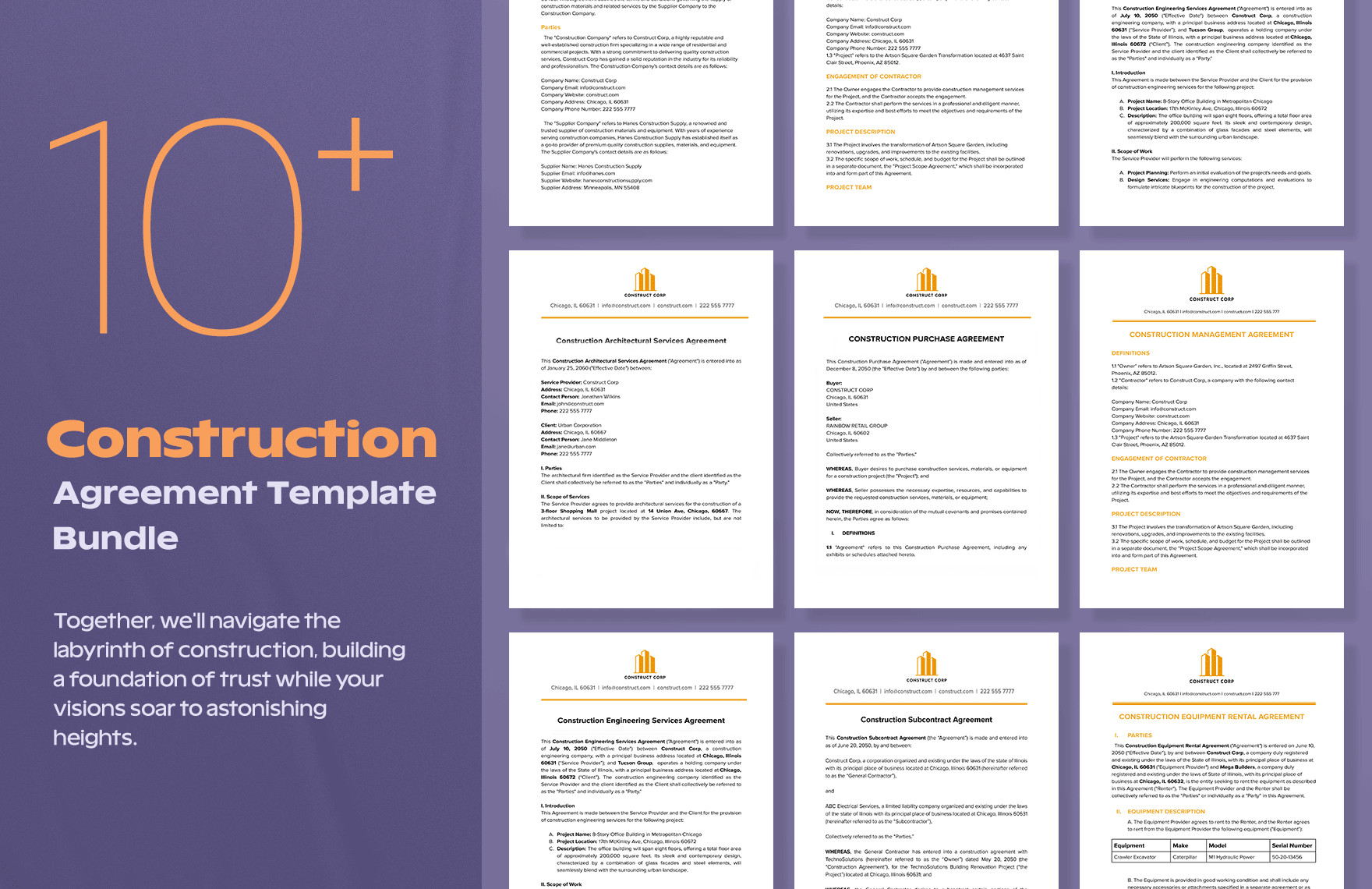
3. Construction Architectural Services Agreement Template
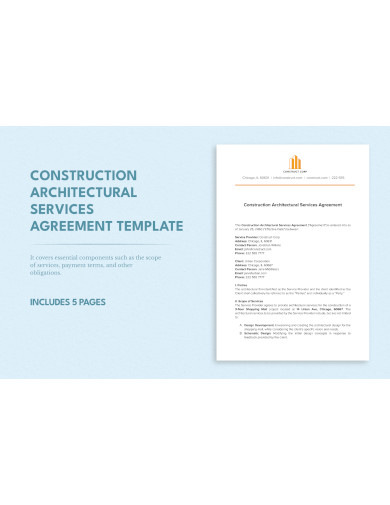
4. Construction Subcontract Agreement Template
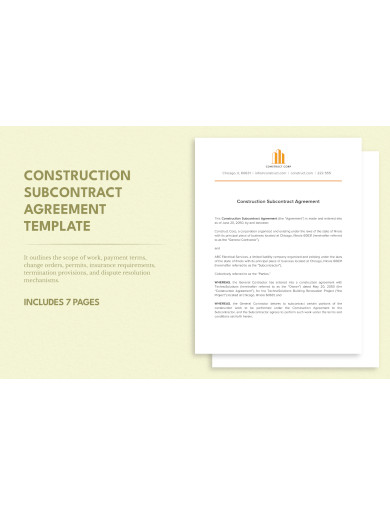
5. Construction Contract Template
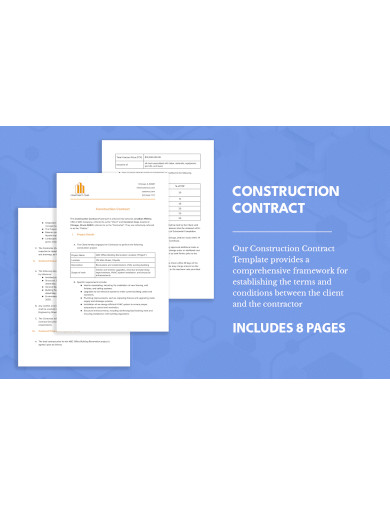
6. Construction Supply Contract Template
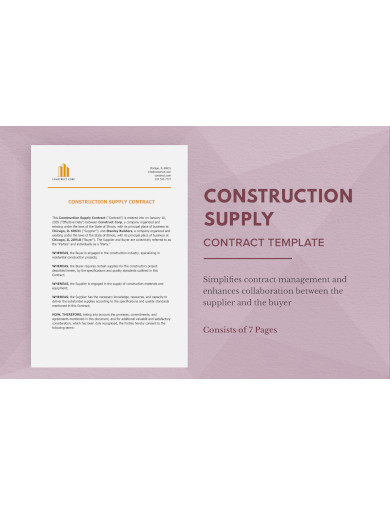
7. Construction Engineering Services Agreement Template

What is a Construction Legal?
In the intricate landscape of real estate and infrastructure development, an in-depth grasp of construction legalities holds paramount importance. Construction legal encompasses the vast array of legal matters, regulations, and considerations specific to the construction sector. This ranges from the initial binding contracts between property owners and contractors to the stringent regulations that oversee construction quality and safety benchmarks.
Having a long-standing history, the construction industry has woven a complex tapestry of legal standards, all aimed at ensuring a harmonious balance of fairness, quality, and safety. Large financial transactions, invaluable properties, and the overarching need for human safety necessitate a rigorous legal framework for construction.
The essence of construction legal often revolves around the creation, negotiation, and enforcement of construction contracts. These contracts, which stand as pillars of clarity, enumerate the scope of work, define payment schedules, set completion timelines, and lay out the obligations of all involved entities. Minimizing disputes and having a contingency plan for disagreements is the hallmark of a well-crafted contract.
However, the sphere of construction legal isn’t confined solely to contracts. It spans a myriad of areas, from construction claims, delays, disruptions, liens, bonds, and insurance nuances to the intricacies of labor laws. The adherence to local building standards, environmental protocols, and zoning regulations are all integral facets of construction legal. Essentially, any legal intricacy linked to the design, conceptualization, and realization of a construction venture is nestled within construction legal.
Types of Construction Legal
The tapestry of construction legal is vast, with myriad strands representing different facets of the construction process. Let’s delve into some of the most prominent ones:
Construction Contracts: At the heart of any construction venture lies the contract. This legal document governs the relationship dynamics between property owners, contractors, subcontractors, and suppliers, elucidating terms about payments, work quality, and project timelines.
Liens and Bonds: A construction lien stands as a testament to a contractor’s or subcontractor’s rightful claim against a property, ensuring they receive compensation for their work or supplied materials. In contrast, bonds serve as financial anchors that affirm the fulfillment of a contractor’s duties.
Construction Claims: When one party deems another to have reneged on their contractual promises, construction claims come into play. These can pertain to payment delays, compromised work quality, or extended project timelines.
Labor and Employment Laws: The construction realm heavily leans on its workforce, necessitating robust laws that cater to worker safety, rightful compensation, and overall work conditions.
Building Codes and Permits: Construction is a meticulous task, and each locality mandates its own set of building codes that delineate safe construction practices. Compliance and the procurement of required permits is a cornerstone of legally sound construction.
Zoning and Land Use: Before the construction blueprint comes to life, it’s pivotal to be well-versed with the land’s zoning laws and regulations. These dictate the nature of structures permissible in a specific location.
Environmental Laws: Today’s construction paradigm is increasingly green-conscious. This shift necessitates legal norms that focus on waste management, local ecosystem conservation, and the promotion of sustainable building methods.
Dispute Resolution: In the ever-evolving world of construction, disputes, though undesired, are sometimes inevitable. Dispute resolution mechanisms, be it mediation, arbitration, or litigation, play a crucial role in settling these conflicts.
Insurance and Risk Management: Every construction project is susceptible to potential risks, ranging from unforeseen delays to accidental damages. The legal domain of insurance and risk management ensures that these projects stay shielded from such uncertainties.
Through understanding the multifaceted nature of construction legal and its various types, stakeholders can chart their journey in the construction domain with greater confidence and legal foresight.
8. Construction Design Build Contract Template
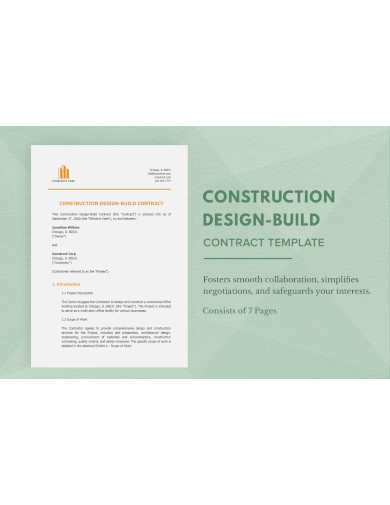
9. Automatic Construction of Legal Template
10. Construction Law Legal Development Template
11. Construction Syllabus Legal Aspects Template
12. Competitive Construction Legal Template
13. Construction Law Legal Assistant Template
14. Standard Construction Legal Template
15. Construction Legal Conference Template
16. Construction Inspection Legal Issues Template
17. Construction Sites Legal Perspective Template
How to Manage a Construction Legal?
Construction legal matters are dynamic by nature, shaped by the complexities of real estate, infrastructure, and evolving regulations. Effective management of these matters ensures the smooth progression of projects, safeguards against potential pitfalls, and fosters an environment of trust among all stakeholders.
Understanding the Basics: Before diving into the nitty-gritty, it’s essential to familiarize oneself with the basics. This involves understanding the legal terminology, the scope of construction law, and the key players in the industry. From contractors and subcontractors to architects and owners, recognizing the role each party plays can pave the way for efficient communication and collaboration.
Staying Updated with Regulations: Laws and regulations pertaining to construction are not static; they evolve over time, shaped by societal needs, technological advancements, and economic considerations. Regularly reviewing and staying updated with local, state, and national laws can prevent unforeseen legal complications.
Engaging Professionals: While having a basic understanding is crucial, construction legal management often requires expert guidance. Engaging professionals such as construction lawyers, consultants, and other specialists ensures that each aspect of the project is in line with legal requirements. These experts can provide advice, draft contracts, review agreements, and represent parties in case of disputes.
Document Everything: In the realm of construction legal, documentation is key. From initial agreements and blueprints to change orders and communication logs, maintaining a meticulous record can serve as invaluable evidence in case of disagreements or disputes.
Proactive Communication: Open channels of communication prevent misunderstandings and foster transparency. Regular meetings, status updates, and feedback loops can help in preempting potential legal issues.
Implementing Risk Management: No construction project is devoid of risks. By identifying potential risks early on and having mitigation plans in place, one can steer clear of many legal pitfalls.
How do I write a Construction Legal?
Writing construction legal documents is a nuanced process that demands precision, clarity, and a comprehensive understanding of the project at hand. Here’s a structured approach to guide you through it:
Define the Scope Clearly: The foundation of any construction legal document lies in the clarity of its scope. Be it a contract, agreement, or any other form of documentation, articulating the work’s extent, limitations, deliverables, and expectations is paramount.
Engage Stakeholders: Before penning down the document, it’s beneficial to engage with all the involved parties. This collaborative approach ensures that the document reflects the mutual understanding and expectations of everyone involved.
Employ Standardized Templates: There are standardized templates available for various construction legal documents. These serve as an excellent starting point, ensuring that all the essential clauses and terms are included. However, it’s vital to tailor these templates to the specific project’s needs.
Detail Payment Terms: One of the primary reasons for disputes in construction projects revolves around payments. Clearly defining payment terms, milestones, methods, and contingencies can pave the way for smooth financial transactions.
Highlight Rights and Obligations: Every party involved in a construction project has certain rights and obligations. Enumerating these in the document provides clarity and sets the stage for accountability.
Include Dispute Resolution Mechanisms: Despite best intentions and meticulous planning, disagreements can arise. Outlining mechanisms for dispute resolution in the document ensures that there’s a predefined pathway to address and resolve conflicts.
Seek Legal Counsel: Given the legal intricacies involved, seeking counsel from professionals adept in construction law is advisable. They can review the document, ensure its compliance with regulations, and suggest modifications if necessary.
Review and Revise: Writing a construction legal document is seldom a one-shot process. Multiple reviews, discussions, and revisions might be needed to ensure that the document is comprehensive, clear, and mutually agreeable.
Finalize with Signatures: Once the document is deemed satisfactory by all parties, it’s essential to finalize it with signatures. This not only formalizes the agreement but also makes it legally binding.
Writing and managing construction legal matters requires a blend of industry knowledge, legal expertise, and collaborative communication. By adopting a structured approach and leveraging expert guidance, one can navigate this domain with confidence and clarity.
Related Posts
Building Inspection Report
Employment Certificate
Teacher Lesson Plan
Deed of Assignment
Contract Termination Letter
Student Research Proposal
Diet Plan
Housekeeping Resume
Marriage Proposal Letter
Nursing Resume
Fund Transfer Letter
Purchase Order Cancellation Letter
Certificate of Service
Employee Leave Form
Visitors Log

